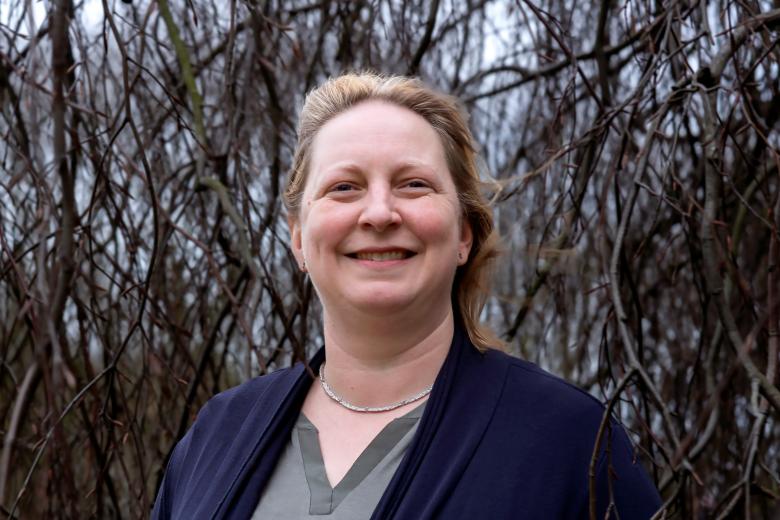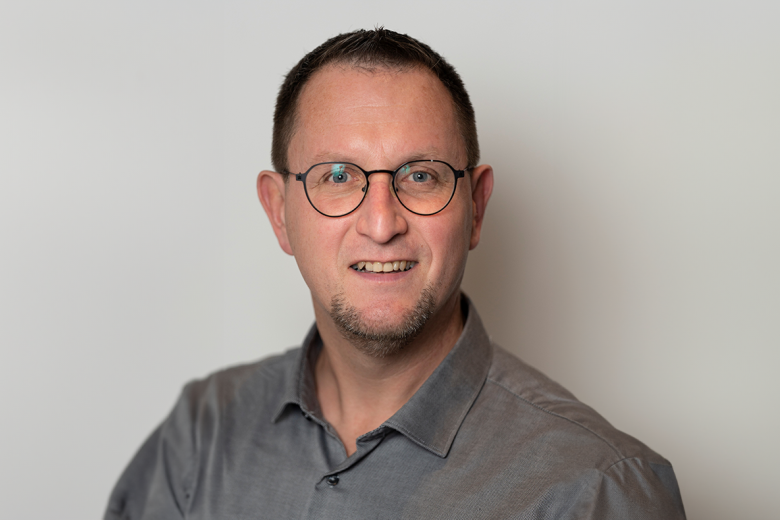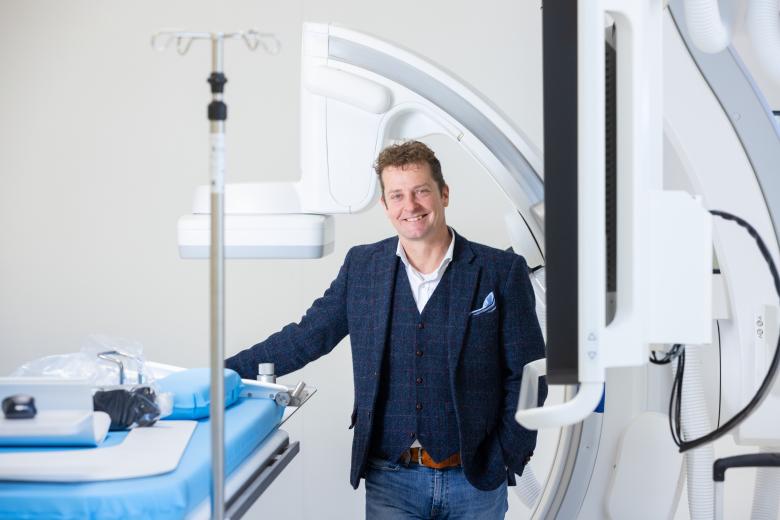Construction ETpathfinder cleanroom starts
The first phase of constructing ETpathfinder was finished last summer by pouring the high-tech concrete floor. And with the drying of the concrete done, the build has entered the second phase: building the cleanroom.
This timelapse from July until December captures the progress for ETpathfinder at Maastricht University’s Faculty of Science and Engineering, as well as the start of the build of the cleanroom. The floor has been designed in such a way that the future laser interferometer setup will be affected as little as possible by disturbances in its environment.
ETpathfinder will be a testing ground for new and better technologies for gravitational wave detectors. The name refers to the Einstein Telescope: the future gravitational wave observatory that will apply these new and improved technologies for the first time. Although concerned primarily with technology for the detection of gravitational waves, ETpathfinder will provide new knowledge and technologies that can be applied much more widely.
Gravitational Waves and Fundamental Physics
The recent discoveries of gravitational waves by LIGO/Virgo interferometers and of Higgs boson by LHC taught us about the internal workings of the universe more than any other scientific discovery in the preceding decades. Yet more questions arose than we got answers to. Research at GWFP is targeted at finding answers to those fundamental questions.
Go to the website of the Gravitational Waves and Fundamental Physics research department
Relevant links
Also read
-
Working at UM: “a life-changing experience”
"I am proud that our new Circular Plastics group published its first completely in-house research," Kim Ragaert says. She founded the research group three years ago, when she moved to Maastricht. Her work has laid the foundations for many innovations in the field of plastic recycling, and she is...

-
How does the universe taste?
Gerco Onderwater investigates the flavour of the universe while guarding the flavour of the Maastricht Science Programme. On 31 May, during his inaugural lecture, he provided a pre-taste of his work in Maastricht.

-
Bridging the gap between technology and clinical practice
Lee Bouwman, a vascular surgeon and endowed professor of Clinical Engineering, specialises in the implementation of groundbreaking healthcare technologies. The key to success, he says, lies in the collaboration between engineers and clinicians. This approach has already resulted in a range of...
